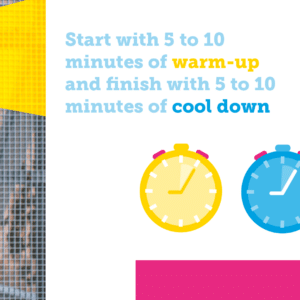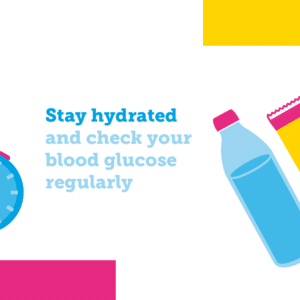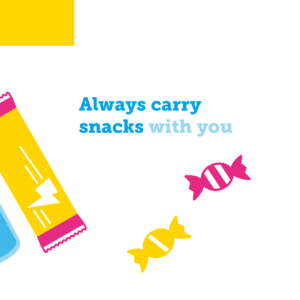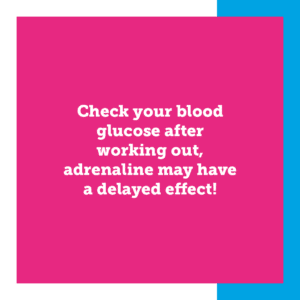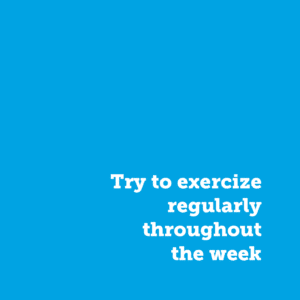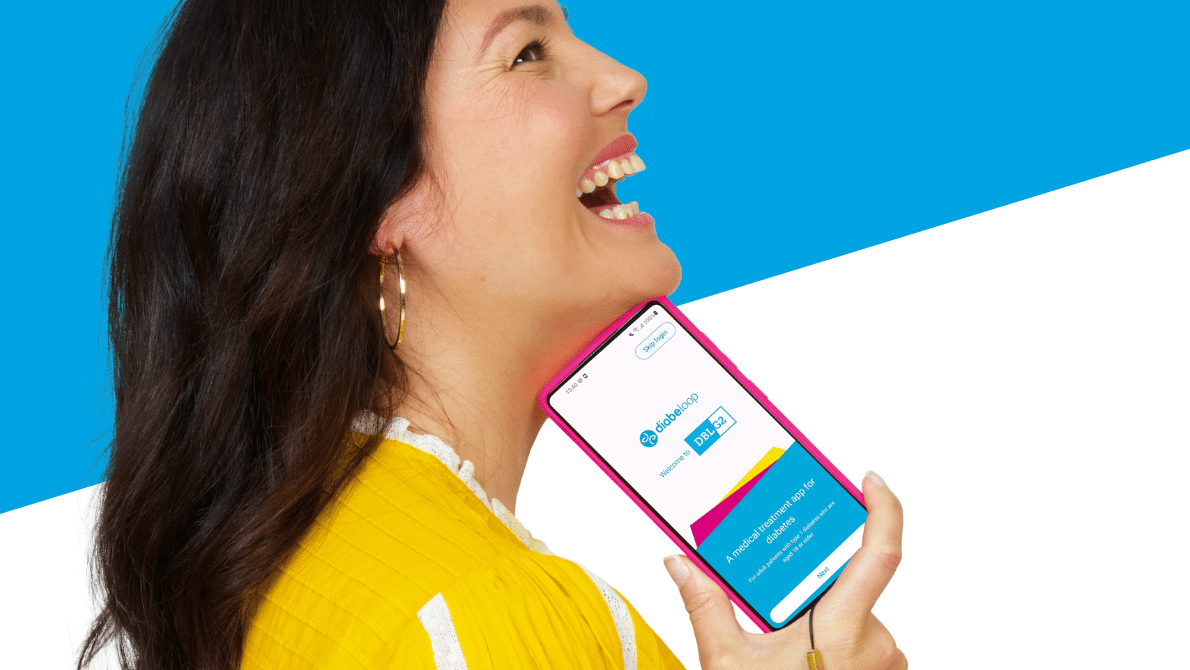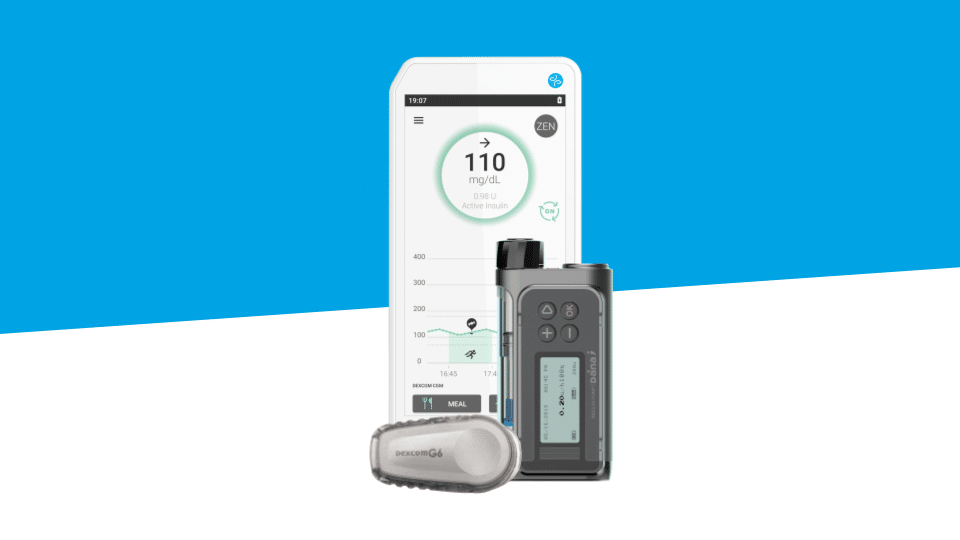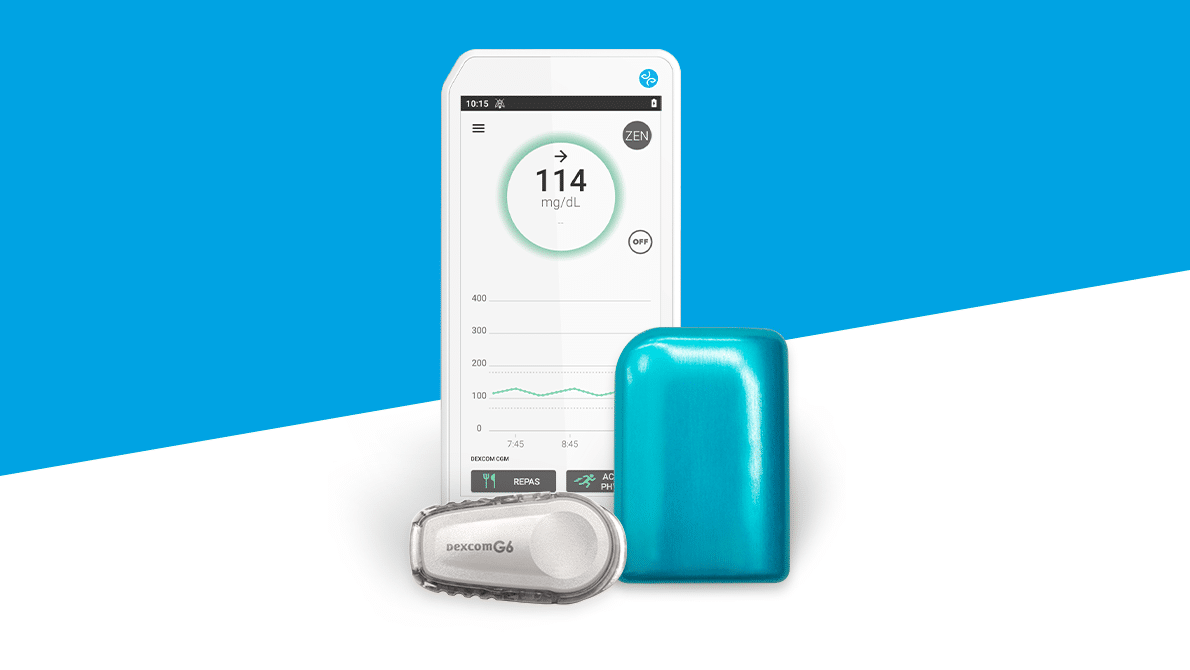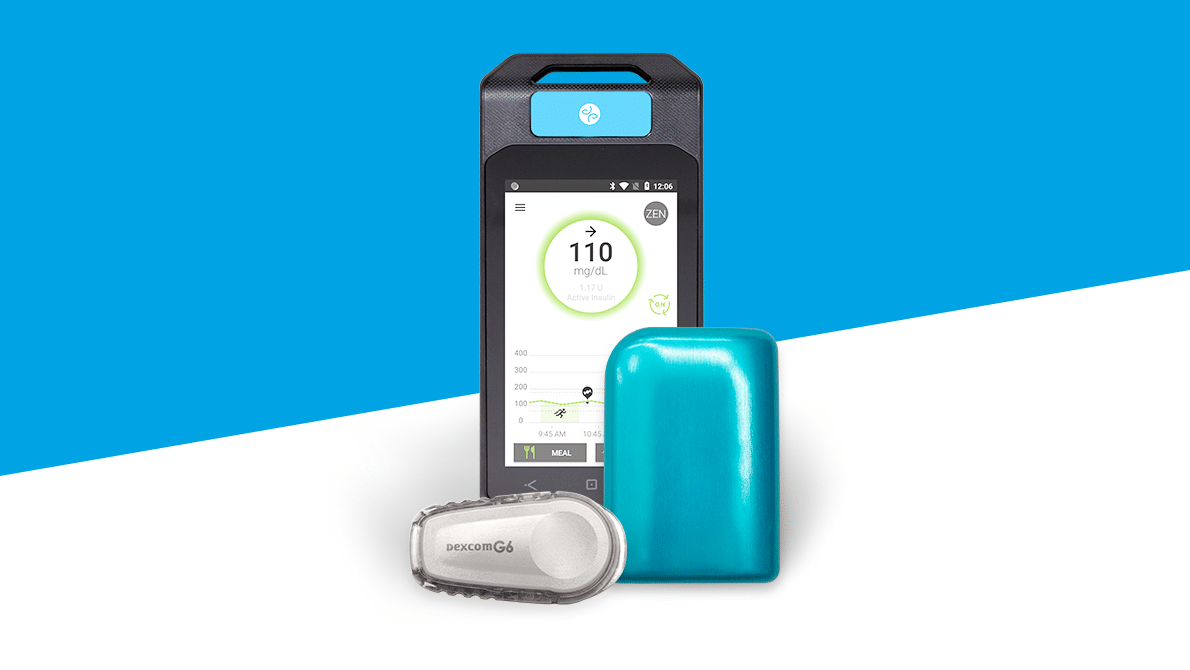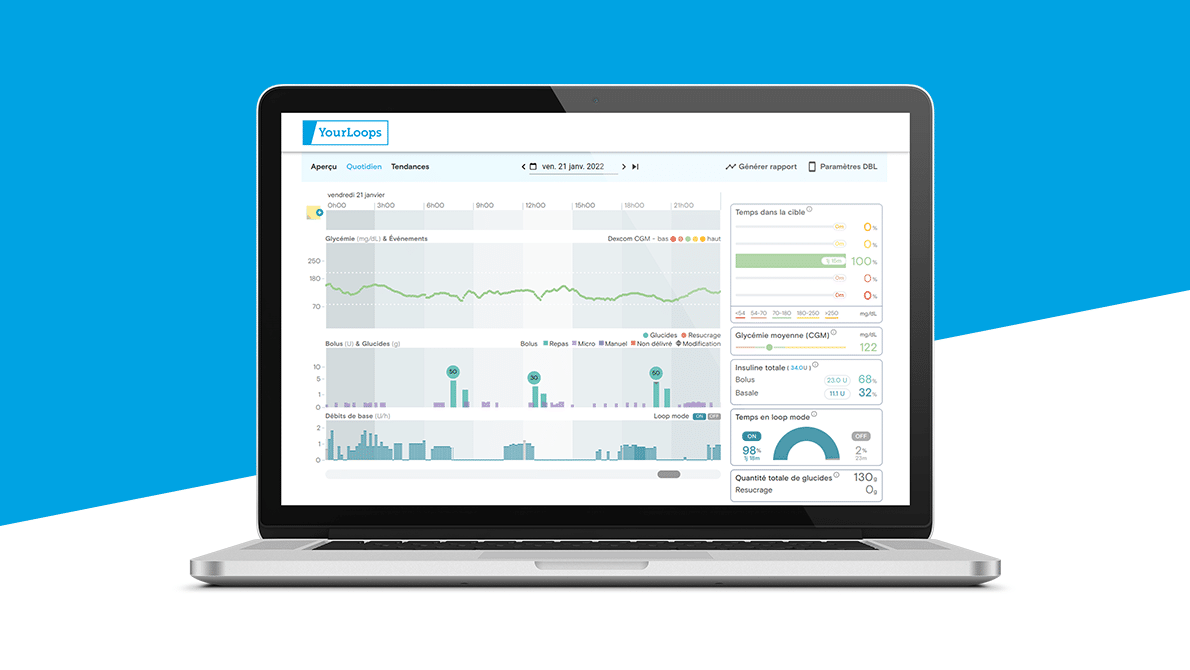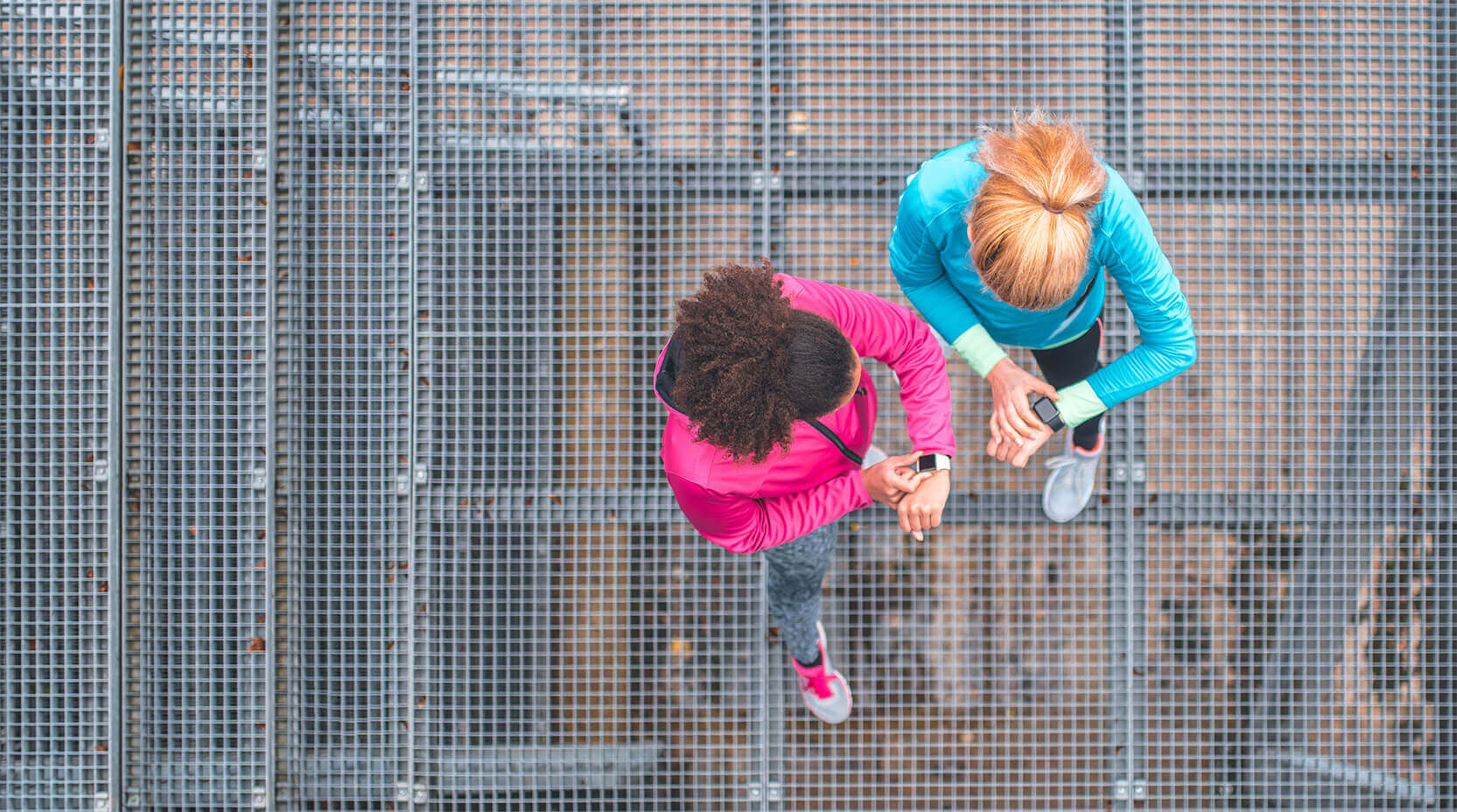
Type 1 Diabetes And Sports: How To Exercise Safely?
Exercise is good for your health. Physicians are the first people to encourage people with Type 1 diabetes to practice regular physical activity. Easier said than done! Exercising can be challenging for people with Type 1 diabetes, because exercise affects blood glucose levels. How to exercise safely with Type 1 diabetes? Here are our tips!
The Impact Of Exercise On Blood Glucose Levels
Physical exercise:
- helps decrease fat, which causes insulin resistance,
- increases the body’s sensitivity to insulin,
- contributes to better control of blood glucose levels,
- decreases blood pressure, cholesterol, and the risk of developing cardiovascular disease.
Physical activity means that the body (particularly the muscles) is consuming energy. Carbohydrates partly represent this energy. As a general rule, physical activity has a glucose-lowering effect.
But that’s not all… The body will also secrete adrenaline due to stress, excitement, or even high intensity effort (like boxing). This secretion is variable, depending on the activity and the individual.
How does adrenaline affect your blood glucose level? It increases it! It is a hyperglycemic hormone.
So, exercising with Type 1 diabetes is a balancing act among several hormones—a game played in three rounds.
First Round: Preparing For Exercise
Preparing for your physical activity depends on two factors:
- Your carbohydrates on board
- Your insulin on board
Concerning meals, favor slow-acting / starchy carbohydrates (rice, pasta, wheat, etc.). They are essential for energy needed during exercise, especially for an endurance activity (running, swimming, cycling, etc.). However, eating fast-acting sugars provides an energy spike, particularly useful for high intensity and short-term activities (cardio, Crossfit, etc.).
Concerning insulin, there are two teams.
Some people living with Type 1 diabetes will need to reduce their dose of insulin prior to exercising, whereas others will need to increase it: this is the well-known balancing act between the release of adrenaline and increased effectiveness of insulin, which is unique to each person.
- For the “decreased insulin need” group, you can decrease your basal (if you wear a pump) by a certain percentage, as well as the bolus of insulin you administer for the meal prior to exercising.
- For the “increased insulin need” group, it is the exact opposite: increase your basal if you are on an insulin pump before exercising. (If you have an questions, always ask your healthcare provider).
Read more: Rescue Carbs, Snacks, What Are We Eating?
Second Round: Checking Your Blood Sugar During Exercise
During the activity, don’t hesitate to check your blood sugar levels frequently.
Experiencing hypoglycemia quickly? Have a snack, and above all, don’t hesitate to stop if you don’t feel well. It’s better to stop for 15 minutes and start back up again later than to push yourself during a hypoglycemic episode. If your hypoglycemia is severe, reduce or stop your insulin basal if you are using a pump, and eat fast acting carbohydrates before starting to exercise again.
An athlete living with Type 1 diabetes must always have rescue carbs to snack on with them: glucose tabs, glucose gel, candy, etc. Something easily transportable, quickly ingestible, and with a high glycemic index.
Third Round: Checking Your Blood Sugar After Exercise
After you finish your exercise session, check your glucose levels again.
Warning: a hyperglycemic spike may occur several hours after physical exercise, as adrenaline may have a delayed effect. The same applies to drops in blood sugar. These episodes of low or high blood sugar often have a delayed arrival after endurance activities.
Your diet must be suited to your goals. You may need to eat something before bed to avoid nocturnal hypoglycemia.
Again, it depends on individual needs and reactions.
Read more: 4 Tips On How To Sleep In Late With Type 1 Diabetes
Recap: A Few Tips For Exercising Safely And Confidently With Type 1 Diabetes
|
If you are just beginning to exercise and are hesitant about the management of your diabetes, do not hesitate to talk to a healthcare professional. In the long run, exercise will be beneficial, whether it be for controlling your diabetes or for your health in general.
Ready? Set! Go!

